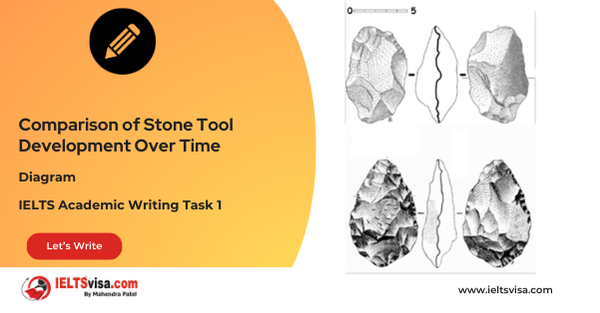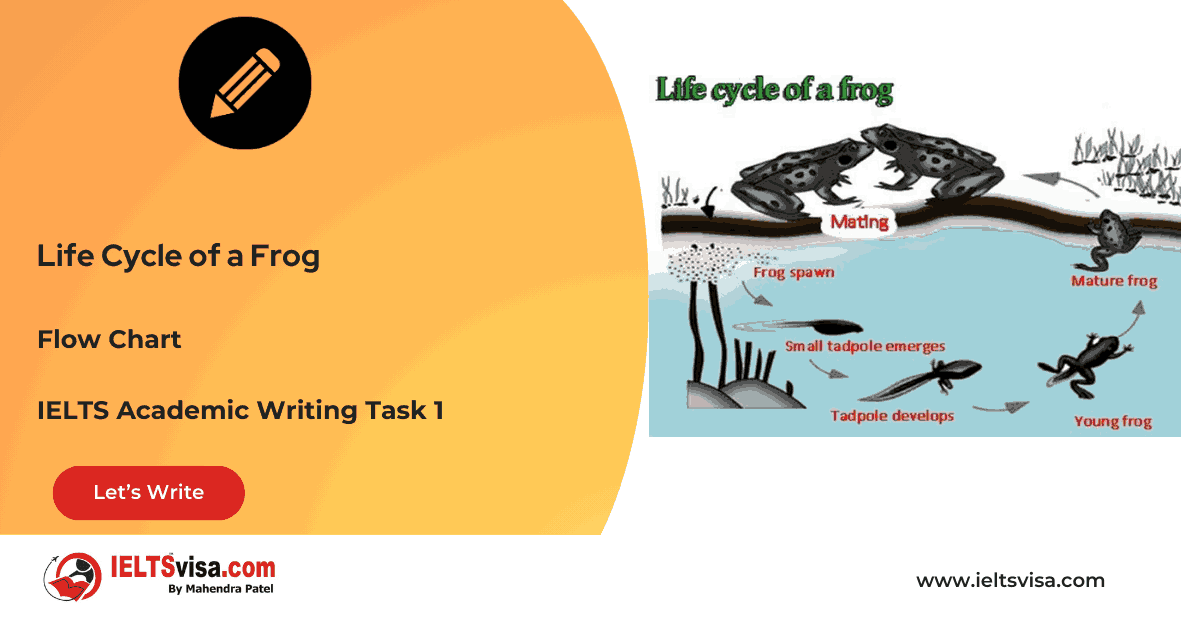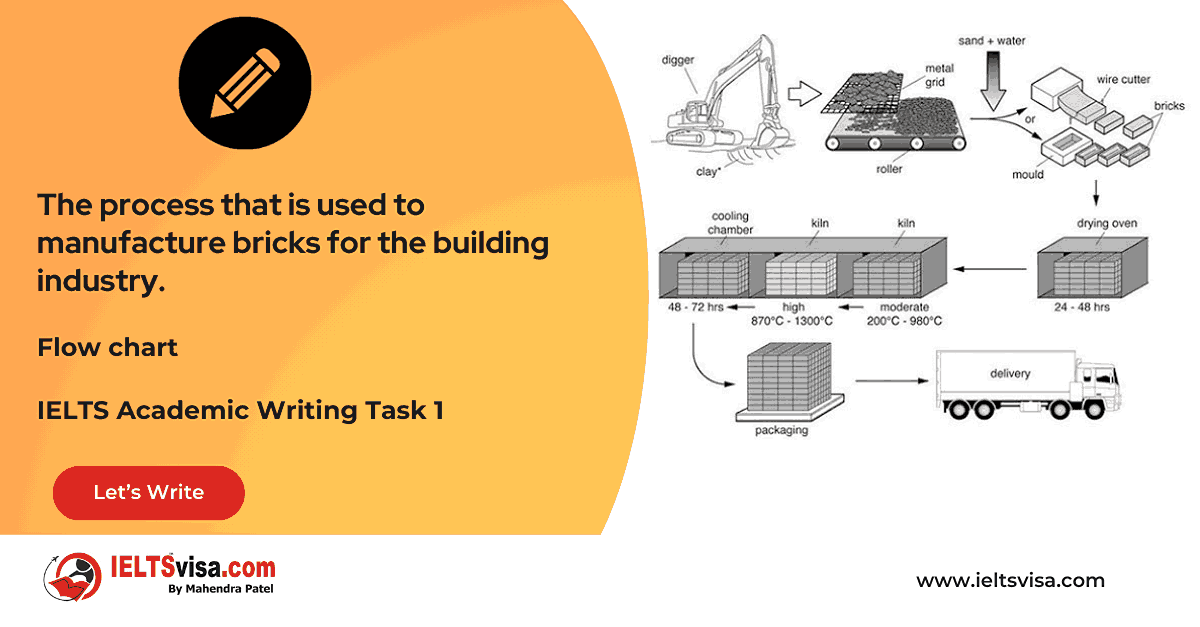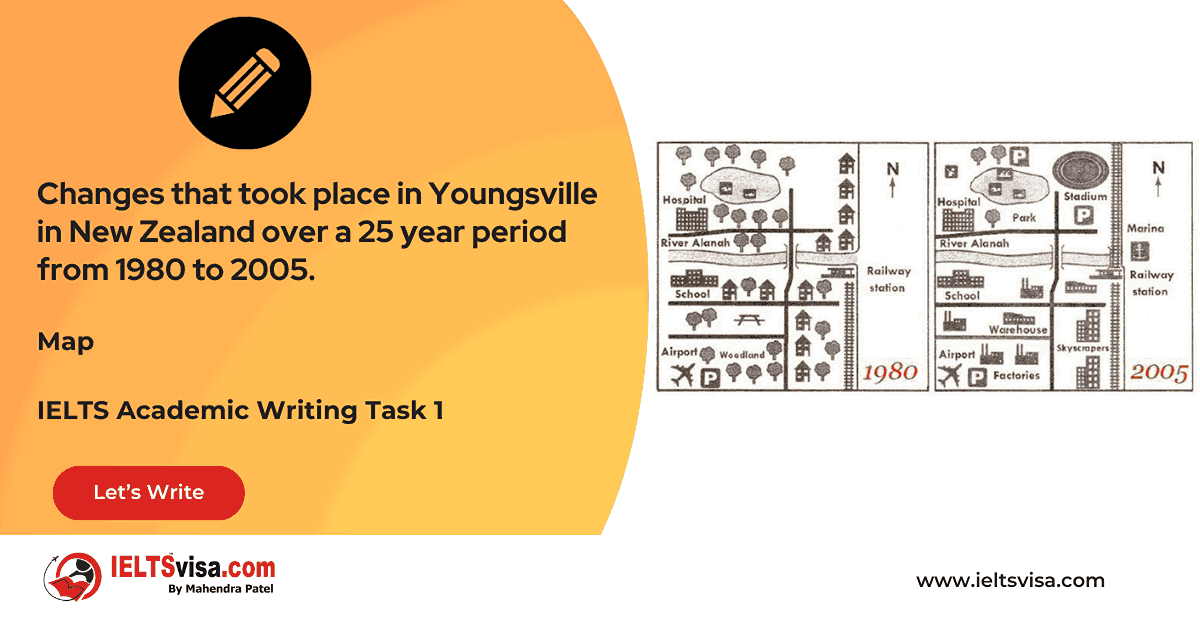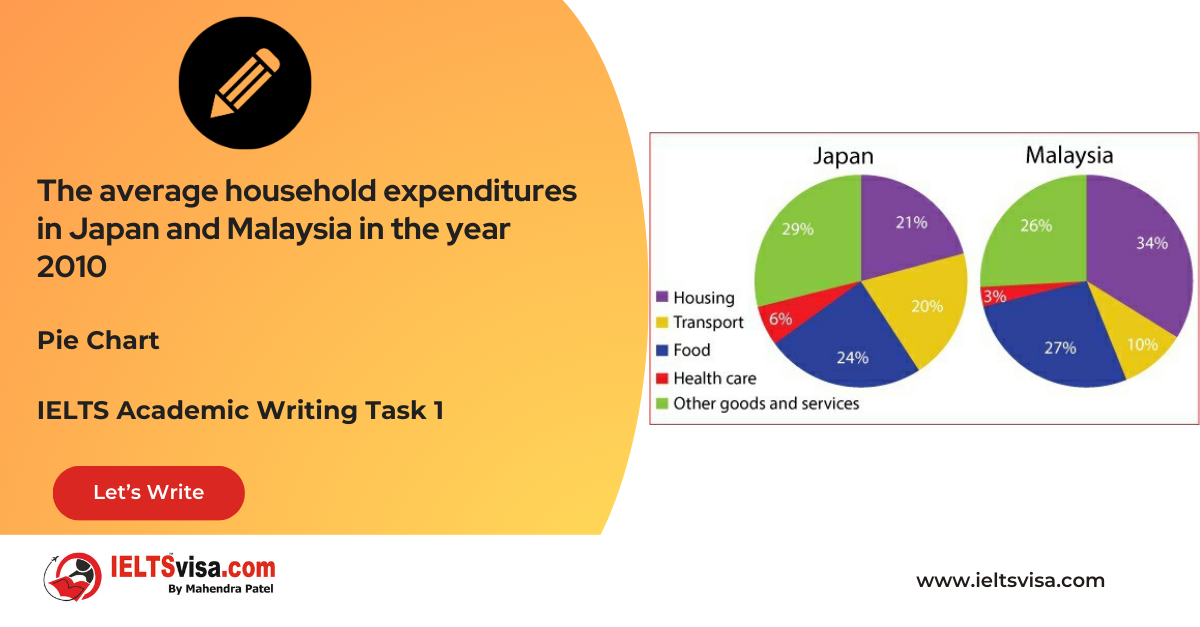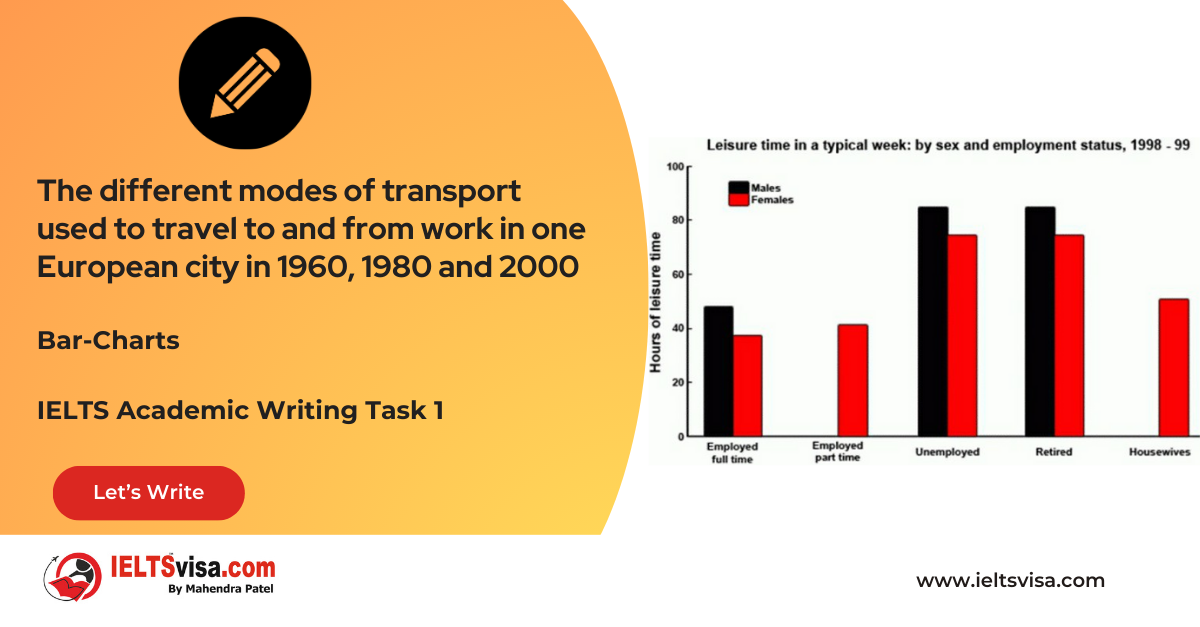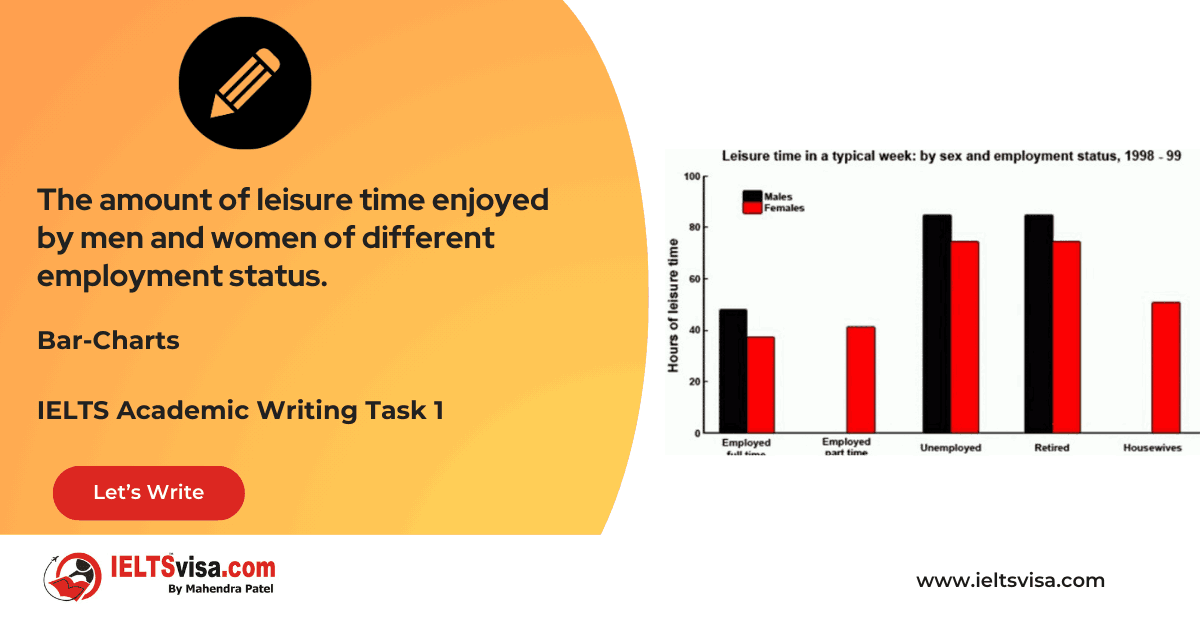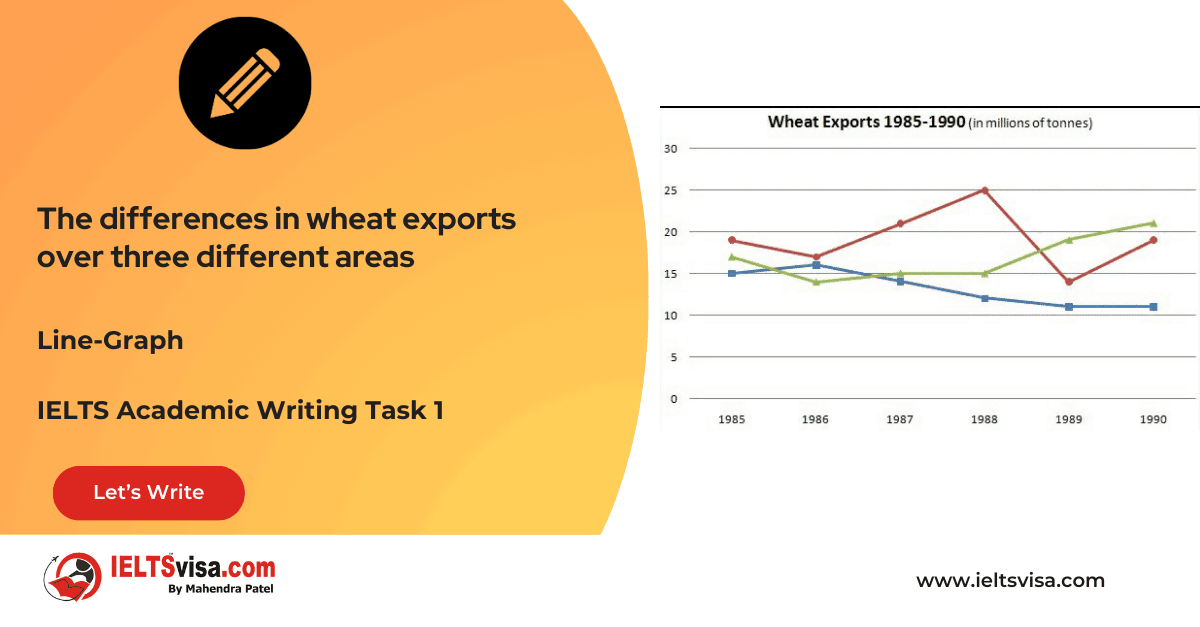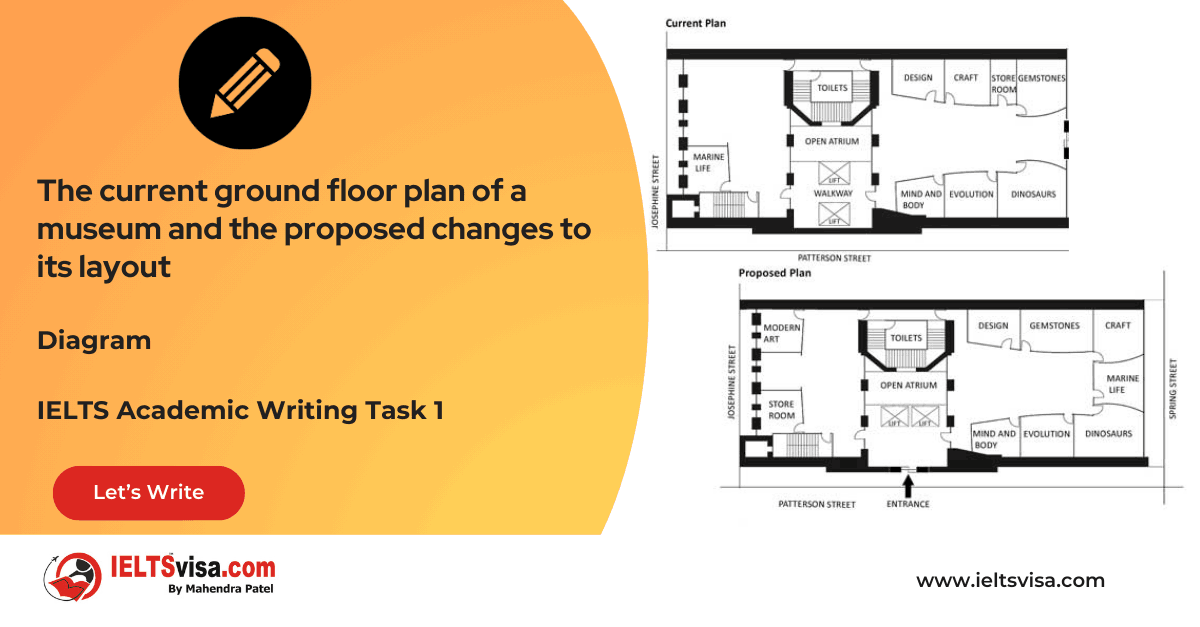Advanced Comparatives and Linking Devices
Lexical Resource & Grammatical Range and AccuracyIELTS Academic Writing Task 1
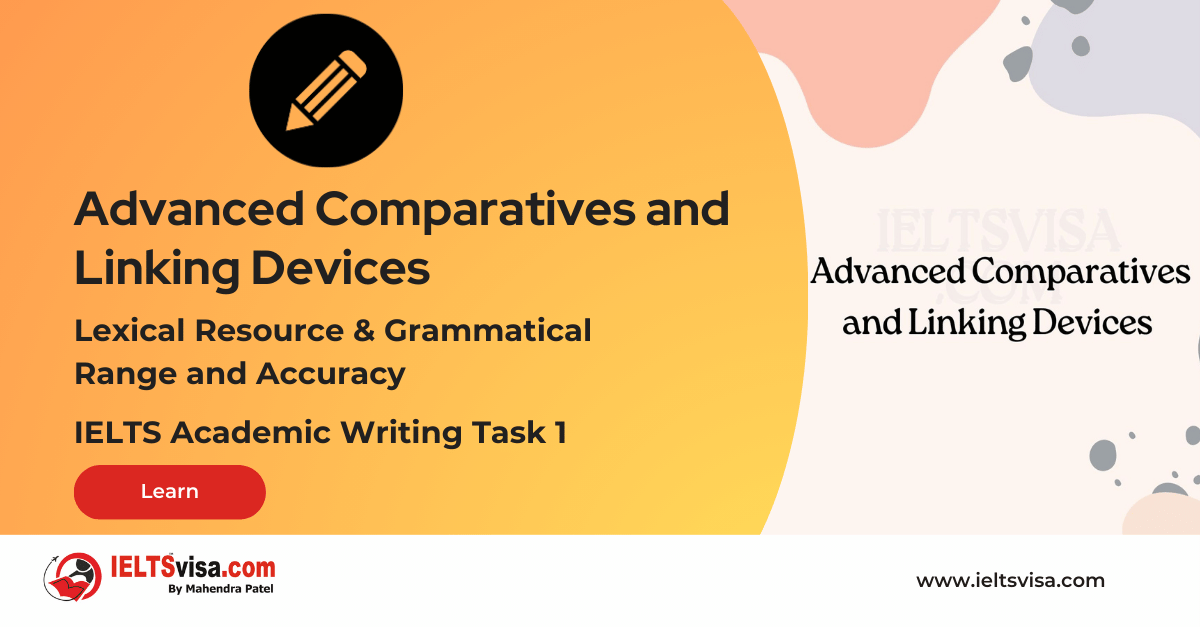
In the IELTS Academic Writing Task 1, showcasing advanced comparatives and effectively using linking devices are crucial for demonstrating a solid command of Lexical Resource and Grammatical Range and Accuracy. This task requires you to describe and interpret visual information, such as graphs, charts, and diagrams, which often involve comparing different data sets, trends, or categories. By employing advanced comparatives and linking devices, you can enhance the coherence and cohesion of your writing, showcasing your language proficiency and maximising your overall performance.
In this article, we will explore the importance of using advanced comparatives and linking devices in Task 1, accompanied by examples and answers to help you excel.
1. Advanced Comparatives:
In addition to the basic comparative structures, employing advanced comparatives adds sophistication and depth to your writing. Here are some examples:
a. Exponentially: This term expresses a significantly rapid increase or decrease in quantity or intensity.
Example: The number of online shoppers has increased exponentially over the past decade.
b. Substantially: This word signifies a substantial or considerable change, often emphasising the magnitude of the difference.
Example: The company’s profits decreased substantially compared to the previous year.
c. Marginally: This adverb indicates a slight or minimal change in quantity or degree.
Example: The unemployment rate decreased marginally in the last quarter.
2. Linking Devices:
Using appropriate linking devices is essential to ensure coherence and cohesion in your writing. These devices help connect ideas and create a smooth flow in your response. Here are some examples:
a. Furthermore: This linking device adds information or emphasises a point.
Example: The demand for renewable energy has increased significantly. Furthermore, governments are implementing policies to promote sustainable energy sources.
b. In contrast: This phrase highlights a difference or contradiction between two ideas or pieces of information.
Example: The sales of Product A increased in the first quarter, while the sales of Product B decreased.
c. Likewise: This linking device is used to draw a comparison or similarity between two ideas or pieces of information.
Example: The country experienced a surge in tourism. Likewise, the hospitality industry witnessed a boost in revenue.
Example Answer:
Original Sentence: The number of participants in Group A increased. Original Sentence: The number of participants in Group B decreased.
Revised Sentence: While the number of participants in Group A increased substantially, the number of participants in Group B decreased marginally.
In the revised sentence, advanced comparatives and a linking device are used to compare the changes in the number of participants between Group A and Group B, emphasising the magnitude of increase and decrease while maintaining coherence.
In conclusion, incorporating advanced comparatives and linking devices in your IELTS Academic Writing Task 1 is essential for showcasing your Lexical Resource and Grammatical Range and Accuracy. By using advanced comparatives like “exponentially,” “substantially,” and “marginally” and employing linking devices such as “furthermore,” “in contrast,” and “likewise,” you can elevate the quality of your writing and enhance coherence and cohesion. With consistent practice and attention to detail, you will excel in Task 1 and achieve success in your IELTS examination.








Our Books
Master IELTS Speaking Part 1
IELTS Writing Task 1 Book
IELTS Writing Task 2 Book
Practice IELTS Other Modules
IELTS Listening
The IELTS Listening test assesses how well you can understand spoken English in various contexts. It lasts about 30 minutes and is divided into four sections with a total of 40 questions. The listening tasks become increasingly difficult as the test progresses.
IELTS Academic Reading
The IELTS Academic Reading section assesses your ability to understand and interpret a variety of texts in academic settings. It is designed to evaluate a range of reading skills, including skimming for gist, reading for main ideas, reading for detail, understanding inferences, and recognizing a writer's opinions and arguments.
IELTS Speaking
The IELTS Speaking test assesses your ability to communicate in English on everyday topics. It lasts 11-14 minutes and consists of three parts: introduction, cue card, and a discussion based on the cue card topic.
IELTS General Reading
IELTS General Reading tests your ability to understand and interpret various types of texts. Here are some key areas and types of content you can expect to encounter in the reading section, along with tips for effective preparation.
IELTS Academic Writing Task 1
In IELTS Academic Writing Task 1, you are presented with a visual representation of information, such as graphs, charts, tables, or diagrams, and you are required to summarize, compare, or explain the data in your own words.
IELTS General Writing Task 1
In IELTS General Writing Task 1, you are required to write a letter based on a given situation. The letter can be formal, semi-formal, or informal, depending on the prompt. Here’s a breakdown of the key components to include in your letter
IELTS Academic Writing Task 2
In IELTS Academic Writing Task 2, you are required to write an essay in response to a question or topic. Here’s a guide to help you understand the essential elements of this task
IELTS Exam Tips
To succeed in the IELTS exam, practice regularly, familiarize yourself with the test format, improve your vocabulary, develop time management skills, and take mock tests to build confidence.
Grammer for IELTS
Grammar is the foundation of effective communication in English. Understanding tense usage, subject-verb agreement, and sentence structure enhances clarity and coherence in writing and speaking.
Vocabulary for IELTS
Vocabulary plays a crucial role in the IELTS (International English Language Testing System) exam, especially in the Speaking and Writing sections. Here’s an overview of why vocabulary is important and how it impacts your performance
RECENT IELTS SAMPLES QUESTIONS AND ANSWERS
Task 1 – Diagram – Comparison of Stone Tool Development Over Time
20:00 Start Pause Stop [df_adh_heading title_infix="IELTS Writing Task 1 Question" use_divider="on"...
Task 1 – Flow chart -Life Cycle of a Frog
20:00 Start Pause Stop [df_adh_heading title_infix="IELTS Writing Task 1 Question" use_divider="on"...
Task 1 – Flow chart -The process that is used to manufacture bricks for the building industry.
20:00 Start Pause Stop [df_adh_heading title_infix="IELTS Writing Task 1 Question" use_divider="on"...
Task 1 – Map – Changes that took place in Youngsville in New Zealand over a 25 year period from 1980 to 2005.
20:00 Start Pause Stop [df_adh_heading title_infix="IELTS Writing Task 1 Question" use_divider="on"...
Task 1 – Pie Chart – The average household expenditures in Japan and Malaysia in the year 2010
20:00 Start Pause Stop [df_adh_heading title_infix="IELTS Writing Task 1 Question" use_divider="on"...
Task 1 – Bar Graph – The different modes of transport used to travel to and from work in one European city in 1960, 1980 and 2000
20:00 Start Pause Stop [df_adh_heading title_infix="IELTS Writing Task 1 Question" use_divider="on"...
Task 1 – Bar Graph – The amount of leisure time enjoyed by men and women of different employment status
20:00 Start Pause Stop [df_adh_heading title_infix="IELTS Writing Task 1 Question" use_divider="on"...
Task 1 – Line Graph – The differences in wheat exports over three different areas
20:00 Start Pause Stop [df_adh_heading title_infix="IELTS Writing Task 1 Question" use_divider="on"...
Task 1 – Diagram – The current ground floor plan of a museum and the proposed changes to its layout
20:00 Start Pause Stop [df_adh_heading title_infix="IELTS Writing Task 1 Question" use_divider="on"...

